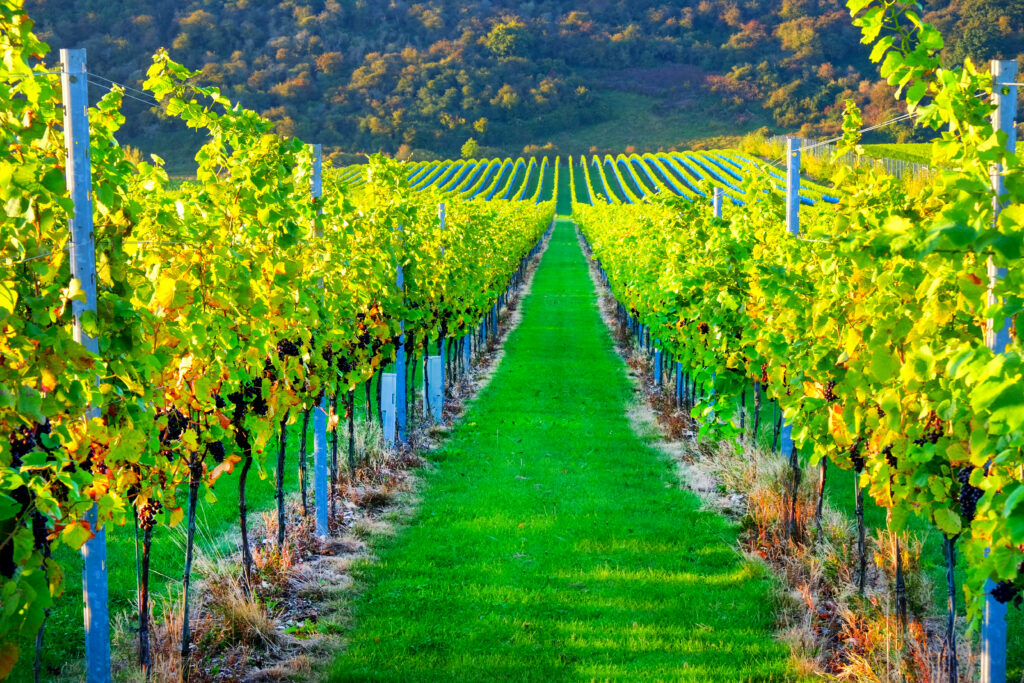A Changing Climate: A New Era for English Wine
Climate change is transforming southern England into a haven for wine production. Warmer, sunnier weather now mirrors the Champagne region’s climate 50 years ago. This shift allows English producers to grow grapes traditionally used in Champagne, such as Pinot Noir, Pinot Meunier, and Chardonnay.
“English winemakers are now creating sparkling wines with characteristics reminiscent of Champagne,” says Sam Linter of Plumpton Agricultural College. Chris Boiling, editor of Canopy, adds, “Talent plays a big role, too. A new generation of winemakers is crafting wines with distinct identities, blending fruit-forward and elegant, toasty notes.”
Plumpton College, once focused on traditional farming, now centers on viticulture and oenology. Where sheep once grazed, rows of vines now stretch across the land. This transformation is reshaping agriculture and creating new opportunities in tourism and hospitality.
Sussex: A Hub of Innovation and Excellence
Sussex, in southern England, exemplifies the rise of English winemaking. Rathfinny Vineyard produces 300,000–400,000 bottles annually, exporting as far as Japan, South Korea, and the US. Co-founder Sarah Driver highlights the region’s advantages: sunny slopes, sea breezes, and chalky soil similar to Champagne’s.
The South Downs’ iconic landscape adds allure, with chalk figures like the Long Man of Wilmington and Seven Sisters cliffs inspiring artists and adorning wine labels. This chalk soil holds water well, enabling vines to thrive without irrigation.
Vineyards like Bolney Wine Estate, established in 1972, have paved the way for English wine’s resurgence. Modern winemakers, such as Charles and Wendy Outhwaite of Redfold Vineyard, are gaining international acclaim. Their wines, including the award-winning Ambriel Classic Cuvée, have earned recognition at global competitions.
English Sparkling Wine: A Global Contender
England now boasts nearly 1,000 vineyards, with 500 in Sussex alone. English wines consistently win accolades, and their success has drawn attention from major global producers. Champagne houses like Taittinger and Pommery are investing in English vineyards, recognizing the potential for premium sparkling wines.
Sussex sparkling wines, priced between £20 and £40, are becoming synonymous with quality. Vineyards such as Nyetimber, Ridgeview, and Rathfinny regularly receive awards from Decanter Magazine and the International Wine Challenge.
“Our wines are now recognized for their quality,” says Sarah Driver. “One day, people may celebrate with Sussex sparkling instead of Champagne.”


